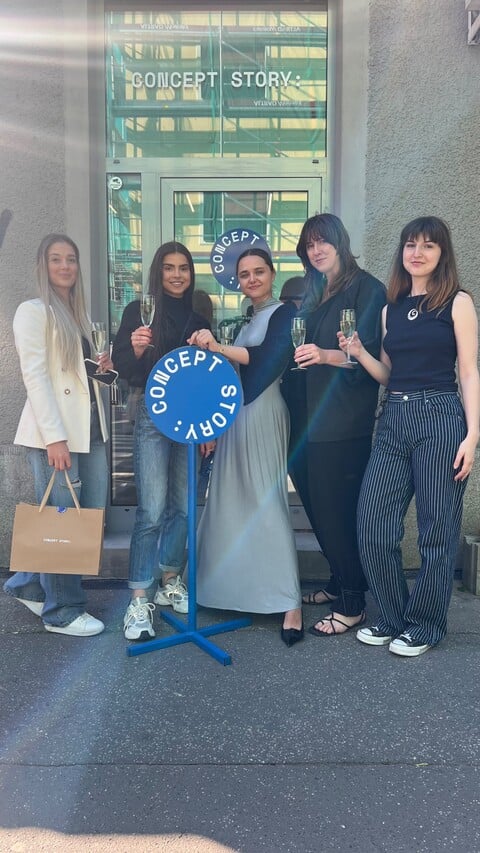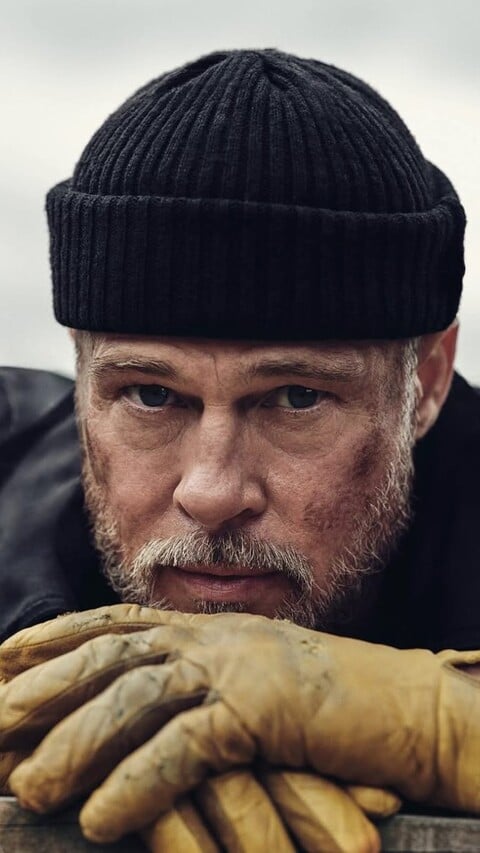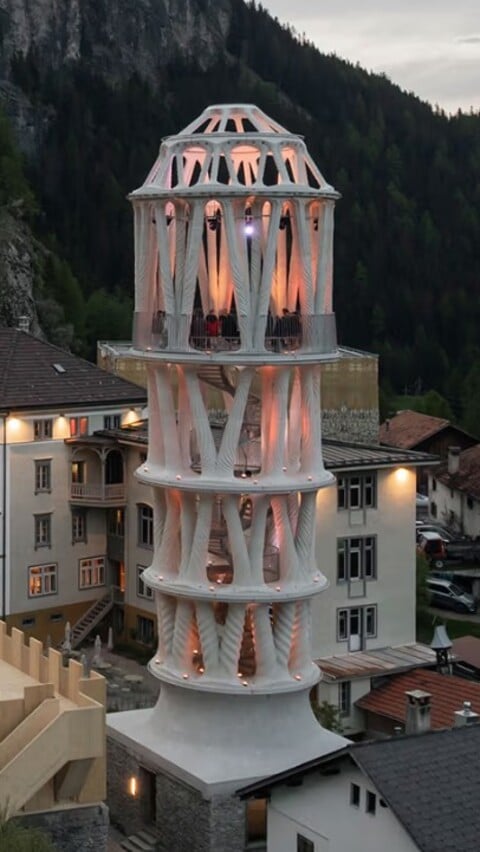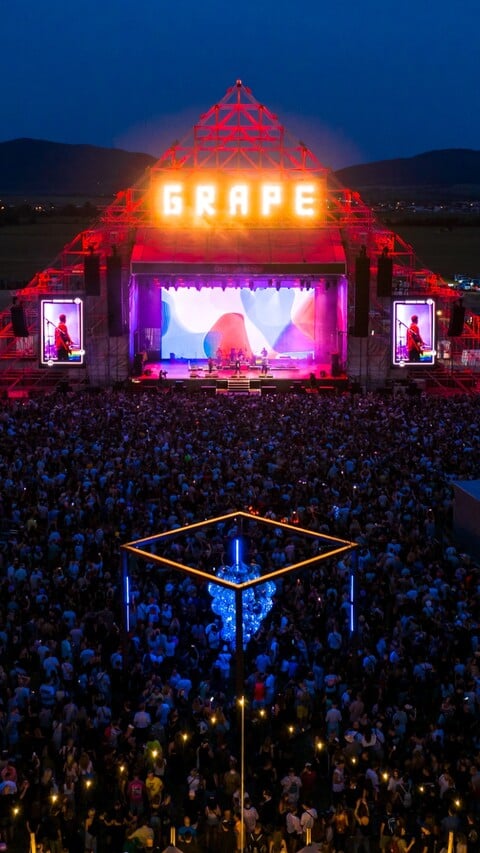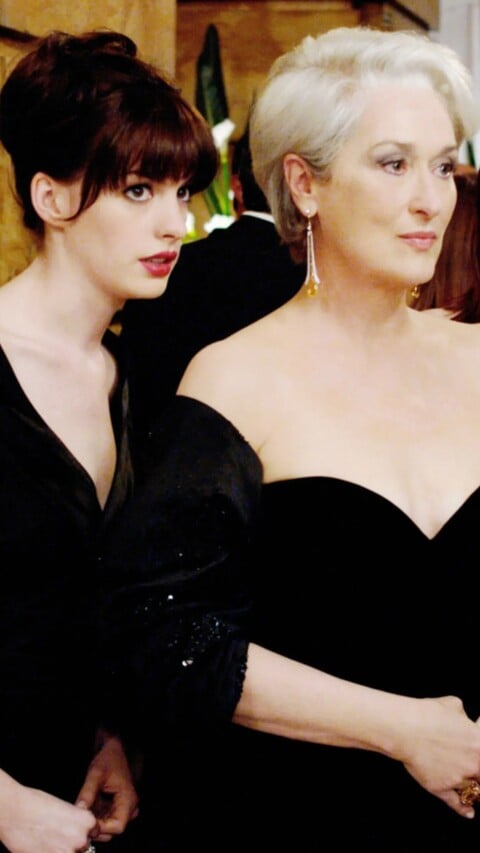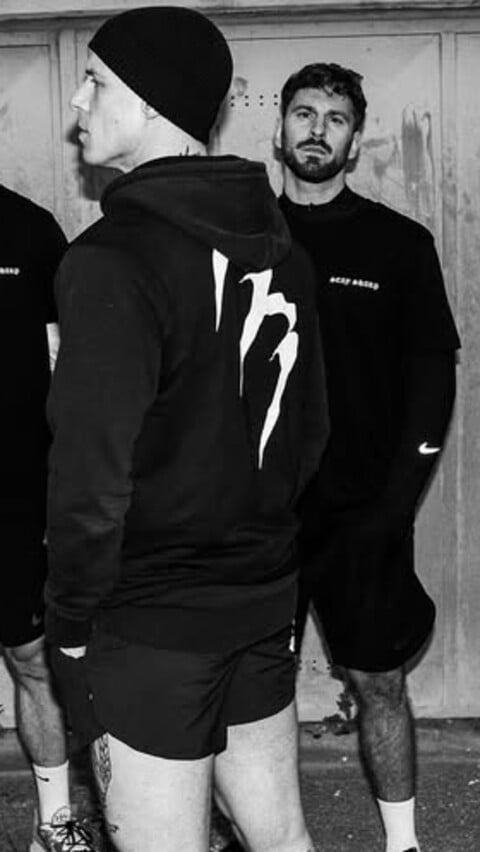Julie bola na mieste najväčšej európskej katastrofy úplne sama.
Černobyľská nukleárna katastrofa je veľmi nepríjemným, mrazivým a najmä citlivým momentom, na ktorý sa dá spomínať. Samotná katastrofa sa pritom udiala už veľmi dávno, presnejšie 26. apríla 1986 neďaleko ukrajinského mesta Pripyat. Masívny výbuch však zničil miesto až dodnes a experti predpokladajú, že oblasť nebude bezpečná po dobu približne najbližších dvadsaťtisíc rokov. Na podrobné preskúmanie a kompletné vyriešenie nezdarnej situácie s radiáciou si tak ešte počkáme poriadne dlhú dobu.
Samozrejme, tie najcitlivejšie časti sú schované pod vrstvami pevných a proti radiácii špecializovaných sarkofágov, a tak Černobyľ láka mnohých dobrodruhov na preskúmanie. Ukrajinská vláda otvorila okolie elektrárne už v roku 2011, a tak sa areálom často prechádza niekoľko desiatok turistov. Medzi nimi sa nedávno nachádzala aj Julie McDowall, ktorá sa však do areálu dostala úplne sama, vďaka čomu máš jedinečnú možnosť vychutnať si miesto obrovskej jadrovej katastrofy bez návalov ľudí.
A lovely winter wonderland? No, it's the former main street of an abandoned Chernobyl village. The most irradiated villages were completely buried and only appear as gentle mounds in the snow. #coldwarhist pic.twitter.com/e036LSzsRV
— Julie McDowall (@JulieAMcDowall) December 8, 2017
Abandoned theatre in a Chernobyl village's town hall. Sign above the stage says "Long live communism - the future of mankind." pic.twitter.com/upFJl3B7zd
— Julie McDowall (@JulieAMcDowall) December 8, 2017
This is how close I was to the Chernobyl reactor. Note the monument: our Geiger counter was screaming, but died down when we stood behind the stone which blocked the onslaught of radiation #coldwarhist pic.twitter.com/fwYnfhUocx
— Julie McDowall (@JulieAMcDowall) December 8, 2017
The Duga, aka Woodpecker. A Soviet Early Warning system. There were three others, all since dismantled for scrap metal, but this one, beside Chernobyl, is too contaminated. #coldwarhist pic.twitter.com/IYqWXMRGgg
— Julie McDowall (@JulieAMcDowall) December 5, 2017
Some of the Chernobyl robots, sent onto the roof to shove the lethal material to the ground. The grey one was the best, clearing 20sq m before radiation sent him haywire. Some refused to work at all. So men were sent in, the "bio-robots" pic.twitter.com/4cuWdtl1vg
— Julie McDowall (@JulieAMcDowall) December 5, 2017
Wormwood Star Memorial, marking the nuclear disaster. Chernobyl translates as "wormwood" and the Bible said a star called Wormwood would burn the earth and kill men. This stands in Chernobyl town centre (still a working town. Only Pripyat and nearby villages are abandoned.) pic.twitter.com/b8vjJpaWKO
— Julie McDowall (@JulieAMcDowall) December 8, 2017
You have to be scanned for contamination at two of these checkpoints before they'll let you leave Chernobyl. A nice satisfying CLUNK sounds if you're clean, and the gate opens pic.twitter.com/7ZSaDlim57
— Julie McDowall (@JulieAMcDowall) December 5, 2017
We stood on a balcony in the grounds of St Elijah's, the only remaining active church in Chernobyl, and looked out onto miles and miles of abandoned villages. pic.twitter.com/m0JCPWrvkq
— Julie McDowall (@JulieAMcDowall) December 9, 2017
Here's a memorial naming each of the lost villages. pic.twitter.com/bisRCoMvOV
— Julie McDowall (@JulieAMcDowall) December 9, 2017
Trip to Chernobyl today. We were the only people there. Near total silence. All we could hear was the crackle of the Geiger counter. #coldwarhist pic.twitter.com/JDs1i463yt
— Julie McDowall (@JulieAMcDowall) December 5, 2017






